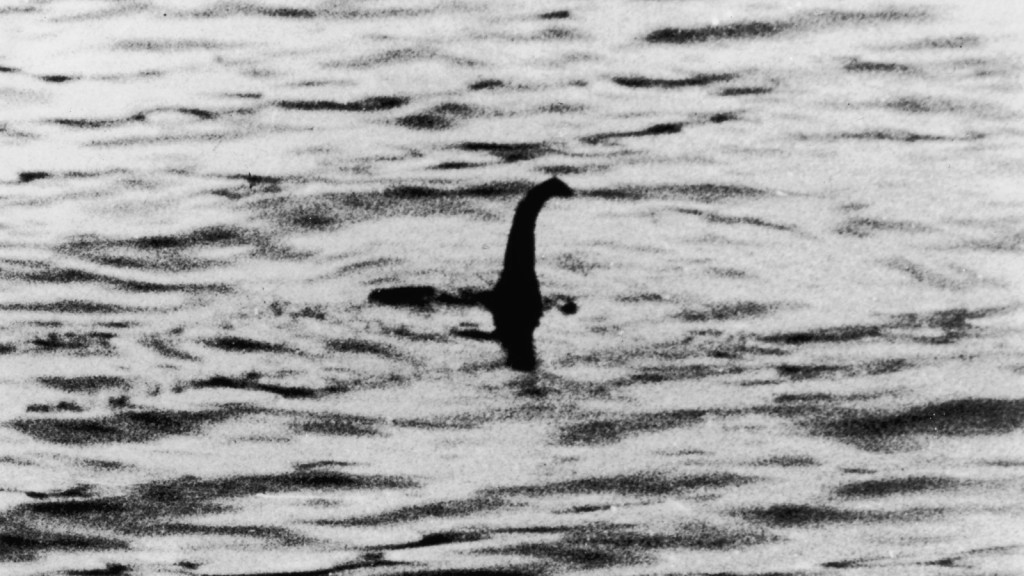
In 1933, the Inverness Courier Article wrote how a businessman and his wife saw a massive upheaval along the shore of Loch Ness in Scotland. Upon stopping, they witnessed a massive creature resembling that of a whale. Shocked, they waited for over thirty minutes hoping that the creature would come out again, but it wasn’t to be, and that’s how the legend of the Loch Ness Monster was born.
The Loch Ness is the largest body by volume of freshwater in Great Britain. Various 1,500-year-old texts mention that sea serpents, water horses, and water kelpie were all observed in Scotland’s waterways. St. Columba, the one who converted Scotland to Christianity prayed to the monster to go away, and it did.
After the 1933 coverage, the Loch Ness Monster became a sensation in the media, showing up no fewer than 55 times in The New York Times alone over the next 18 months. Then, on April 21, 1934, the London Daily Mail published a photo which changed the way we looked at Nessie forever.
The photo showed a half-submerged creature with a long slender back, craned neck, and pointed face, which sent the world into a frenzy. It sent flocks of tourists to Scotland, who were hoping to catch a glimpse of the 65 million year old dinosaur.
The photo was, of course, fake, which was proven some 6o years later. Numerous stories have emerged over the past few years, and almost all of them have been manipulated by people from different professions, mostly for fame and popularity. Many studies were also conducted, but nothing came out of the same.
In June 2018, one of New Zealand’s leading environmentalists, Neil Gemmell set up a team and descended on Loch Ness collecting water samples. Their study showed that the water body housed over 3,000 species, but nothing remotely close to a gigantic dinosaur. There’s still hope, though, as they couldn’t match 25% of the data they collected to any species. Who knows what roaming around, deep into the murky waters.
Image credits: CNN
